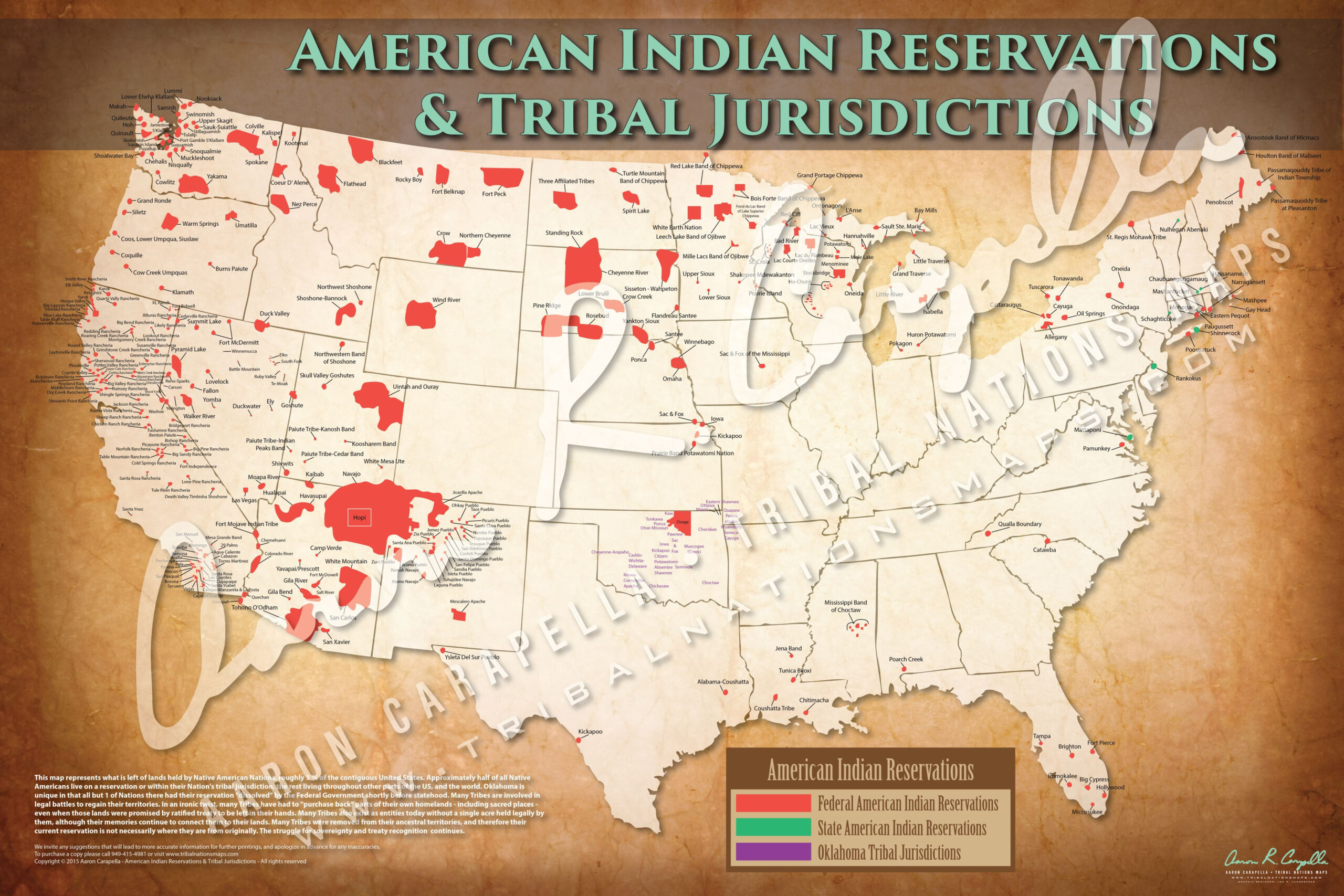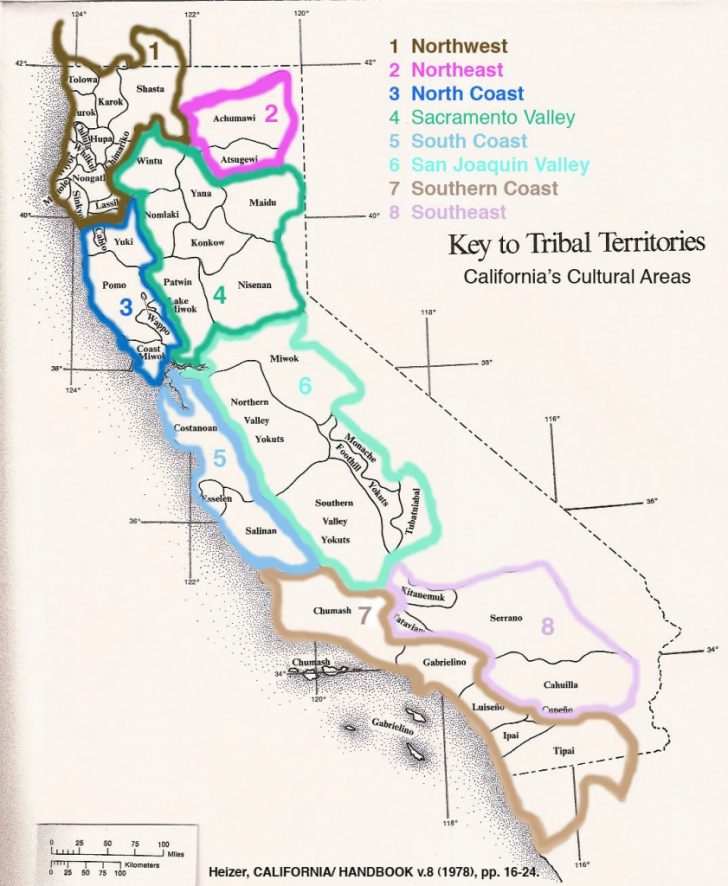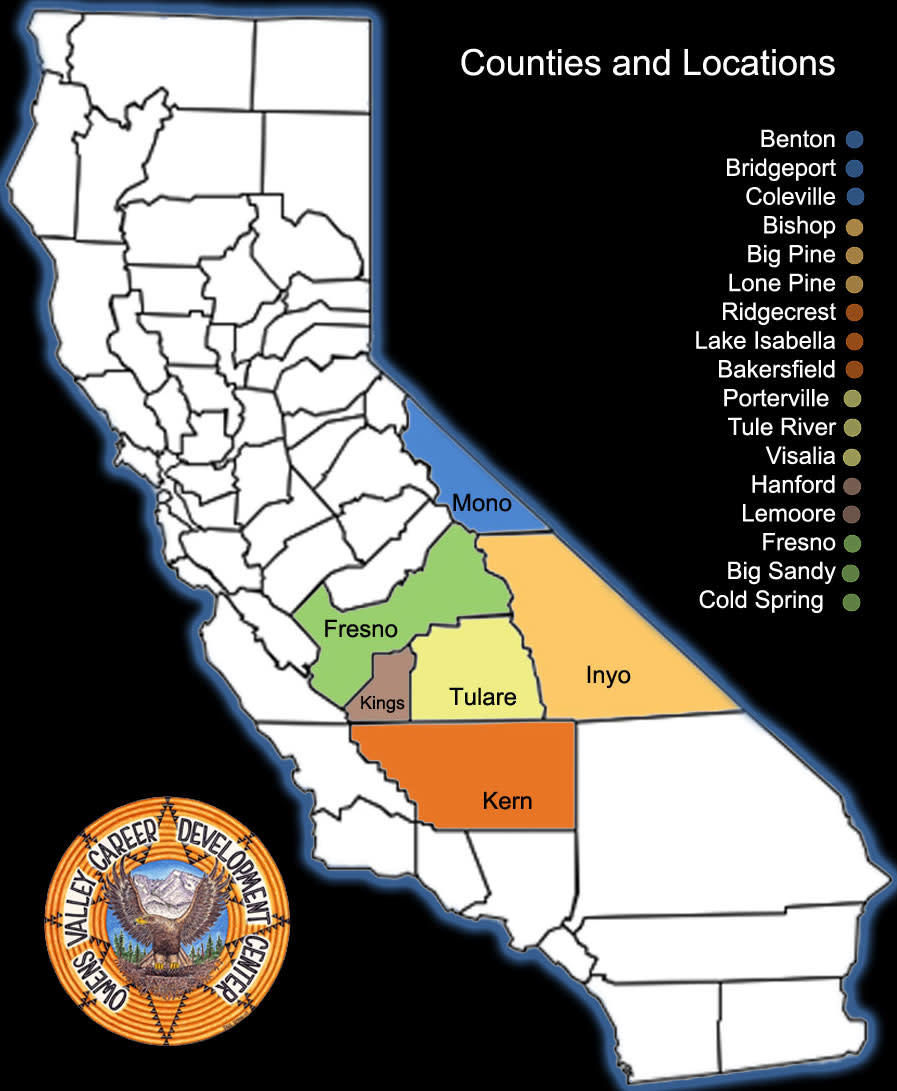Life on the Rez: A Peek Inside California’s Indian Reservations
Life on the Rez: A Peek Inside California’s Indian Reservations

Life on a reservation in California, for many, conjures up images of dusty, forgotten lands, a stark contrast to the glitz and glamour of Hollywood just a stone’s throw away. But the reality is far more nuanced, a tapestry woven with threads of resilience, tradition, and a struggle for self-determination.
This article takes a deep dive into the average state of California’s Indian reservations, exploring the challenges they face and the triumphs they celebrate. We’ll delve into the social, economic, and cultural aspects of life on the rez, shedding light on the unique realities of these communities.
Related Articles: Life on the Rez: A Peek Inside California’s Indian Reservations
- Oklahoma: Where The Land Runs Deep With Native American Heritage
- Unveiling The Tapestry Of Native Lands: A Guide To US Reservations
- Unveiling the Largest Indian Tribe in Colorado: Discoveries and Insights Await
- Discover the Largest Indian Tribes in America: Unveiling Hidden Truths and Indigenous Ingenuity
- Unveiling California's Native American Heritage: Discover the Rich Tapestry of Tribes
A Historical Context: A Legacy of Loss and Resilience
Before we jump into the present, it’s crucial to understand the historical context that has shaped the lives of California’s Native Americans. The arrival of European settlers in the 18th century marked a devastating period for indigenous communities. The California Gold Rush, for instance, led to the displacement and massacre of countless Native Americans, leaving a legacy of trauma and dispossession that continues to impact their lives today.
The creation of reservations, intended as a way to confine Native Americans, further exacerbated the situation. These lands, often barren and lacking resources, were far from the ancestral territories that sustained indigenous communities for generations. The forced assimilation policies of the government, which aimed to erase Native American cultures and traditions, added another layer of hardship.
The Modern Reality: A Mixed Bag of Progress and Struggle
Despite the historical injustices, California’s Indian reservations are not static entities. They are vibrant communities with a rich cultural heritage, striving to overcome the challenges of the past and build a brighter future.
Economic Challenges: A Persistent Struggle
One of the biggest hurdles faced by California’s Indian reservations is economic hardship. The lack of access to quality education and job training opportunities, coupled with the legacy of historical dispossession, has left many communities economically disadvantaged.
Unemployment rates on reservations are significantly higher than the national average. The limited economic opportunities often force residents to seek employment off the reservation, leading to a sense of detachment from their community and cultural identity.

Gaming: A Double-Edged Sword
The legalization of gambling on Indian reservations in the 1980s brought a glimmer of hope for economic development. Many tribes have successfully established casinos, creating jobs and generating revenue. However, the economic benefits of gaming are not evenly distributed across all reservations.
Some communities have struggled to manage the influx of money, leading to issues like gambling addiction and social unrest. Additionally, the dependence on casino revenue can create a fragile economic ecosystem, vulnerable to fluctuations in the gambling industry.
Education: A Pathway to Empowerment
Education is widely recognized as a key to breaking the cycle of poverty and achieving self-determination. However, access to quality education on reservations remains a significant challenge. Many reservation schools face chronic underfunding and a lack of resources, resulting in lower academic achievement compared to their non-reservation counterparts.

The struggle for educational equity is a constant battle for California’s Native American communities. They are actively advocating for increased funding, improved curriculum, and culturally relevant teaching methods to ensure their children receive a quality education.
Health Disparities: A Persistent Issue
Health disparities continue to plague California’s Indian reservations. Access to healthcare is often limited due to a lack of facilities and providers. The prevalence of chronic diseases like diabetes, heart disease, and cancer is disproportionately high on reservations.
These health disparities are rooted in a complex interplay of factors, including historical trauma, poverty, and environmental factors. The fight for better healthcare access is a crucial part of the ongoing struggle for self-determination and improved quality of life on reservations.
Cultural Preservation: A Beacon of Hope

Despite the challenges, California’s Indian reservations are vibrant centers of cultural preservation. They are home to a diverse array of traditions, languages, and artistic expressions that have been passed down through generations.
From traditional dances and ceremonies to contemporary art and music, Native American culture is alive and well on reservations. These cultural expressions serve as a source of pride and identity, reminding communities of their resilience and strength.
Self-Determination: The Path Forward
The fight for self-determination is at the heart of the struggle for a better future for California’s Indian reservations. Native American communities are actively working to gain control over their own destinies, seeking greater autonomy in areas like education, healthcare, and economic development.
Through tribal sovereignty, they are seeking to reclaim their rights and resources, paving the way for a more equitable and just future.
Looking Ahead: A Call for Action
The future of California’s Indian reservations hinges on continued efforts to address the challenges they face. This requires a commitment from the government, non-profit organizations, and the broader society to:
- Invest in education and job training programs: Providing access to quality education and economic opportunities is essential for breaking the cycle of poverty and empowering individuals.
- Support healthcare access and improve health outcomes: Addressing health disparities requires increased funding for healthcare facilities and providers on reservations.
- Promote cultural preservation and revitalization: Supporting efforts to preserve and revitalize Native American languages, traditions, and artistic expressions is crucial for maintaining cultural identity and pride.
- Respect tribal sovereignty and self-determination: The government and society must recognize and respect the rights of tribal nations to govern themselves and manage their own affairs.
A Call to Action: You Can Make a Difference
Beyond the efforts of government and organizations, individual action plays a crucial role in supporting California’s Indian reservations. Here are some ways you can contribute:
- Educate yourself: Learn about the history, culture, and current challenges faced by Native American communities.
- Support Native-owned businesses: Patronize businesses owned and operated by Native Americans to contribute to their economic well-being.
- Advocate for policy changes: Contact your elected officials and advocate for policies that support the rights and needs of Native American communities.
- Volunteer your time and skills: Offer your skills and expertise to organizations working to improve the lives of Native Americans.
By working together, we can create a future where California’s Indian reservations are thriving communities, empowered to shape their own destinies and contribute to the richness and diversity of our state.
FAQ: Life on the Rez
Q: What is the average size of a California Indian reservation?
A: The size of California Indian reservations varies greatly, from a few acres to thousands of acres. The average size is difficult to determine as it depends on factors such as historical land loss and subsequent land claims.
Q: How many Indian reservations are there in California?
A: There are over 100 federally recognized tribes in California, each with its own distinct history, culture, and governance. The exact number of reservations is difficult to pinpoint as some tribes may have multiple reservations or shared land holdings.
Q: What are the major challenges faced by California Indian reservations?
A: California Indian reservations face a range of challenges, including economic hardship, limited access to quality education and healthcare, and the legacy of historical trauma and dispossession.
Q: What are some examples of successful economic development initiatives on reservations?
A: Some California Indian reservations have achieved economic success through casino gaming, tourism, and cultural heritage preservation initiatives. However, it’s important to note that the economic benefits are not evenly distributed across all reservations.
Q: How can I learn more about the history and culture of California’s Native Americans?
A: There are numerous resources available to learn about the history and culture of California’s Native Americans. You can visit museums, attend cultural events, read books and articles, and engage with Native American organizations and individuals.

Closure
Thus, we hope this article has provided valuable insights into Life on the Rez: A Peek Inside California’s Indian Reservations. We hope you find this article informative and beneficial. See you in our next article!

